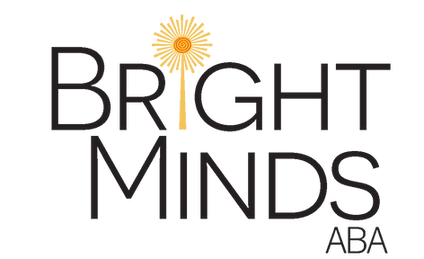What is Autism?
- Jennifer Woodie
- Jul 24, 2021
- 2 min read
Updated: Aug 15, 2021

Autism is a biological and neurological spectral disorder that typically appears during the first three years of life. It affects brain function and is a life long disability resulting in behaviors that affect both verbal and non-verbal communication skills. Symptoms include certain 'trait' behaviors and affected social development. This complex developmental disability is four times more common in boys than girls and occurs in 1 in 95 children born today (Dept. of Health and Human Services, Center for Disease Control, American Academy of Pediatrics, Medical Home Initiatives & First Signs Inc.).
Social, ethnic and racial factors have been shown as non-factors to the cause of this disorder. Autism is characterized by its early onset. Typical behaviors show up before the age of 36 months, but the symptoms are often masked during the first two years of life by developmental milestones. Autism is a spectral disorder that has a wide range of severity from person to person. Simply put, people afflicted with autism do not process what they see, hear and sense in a typical manner.
Symptoms may include:
People with ASD often have problems with social, emotional, and communication skills. They might repeat certain behaviors and might not want change in their daily activities. Many people with ASD also have different ways of learning, paying attention, or reacting to things. Signs of ASD begin during early childhood and typically last throughout a person’s life.
Children or adults with ASD might:
not point at objects to show interest (for example, not point at an airplane flying over)
not look at objects when another person points at them
have trouble relating to others or not have an interest in other people at all
avoid eye contact and want to be alone
have trouble understanding other people’s feelings or talking about their own feelings
prefer not to be held or cuddled, or might cuddle only when they want to
appear to be unaware when people talk to them, but respond to other sounds
be very interested in people, but not know how to talk, play, or relate to them
repeat or echo words or phrases said to them, or repeat words or phrases in place of normal language
have trouble expressing their needs using typical words or motions
not play “pretend” games (for example, not pretend to “feed” a doll)
repeat actions over and over again
have trouble adapting when a routine changes
have unusual reactions to the way things smell, taste, look, feel, or sound
lose skills they once had (for example, stop saying words they were using)
Source: Centers for Disease Control and Prevention
Learn more about symptoms:
Learn more developmental milestones: https://www.cdc.gov/ncbddd/actearly/milestones/index.html




Comments